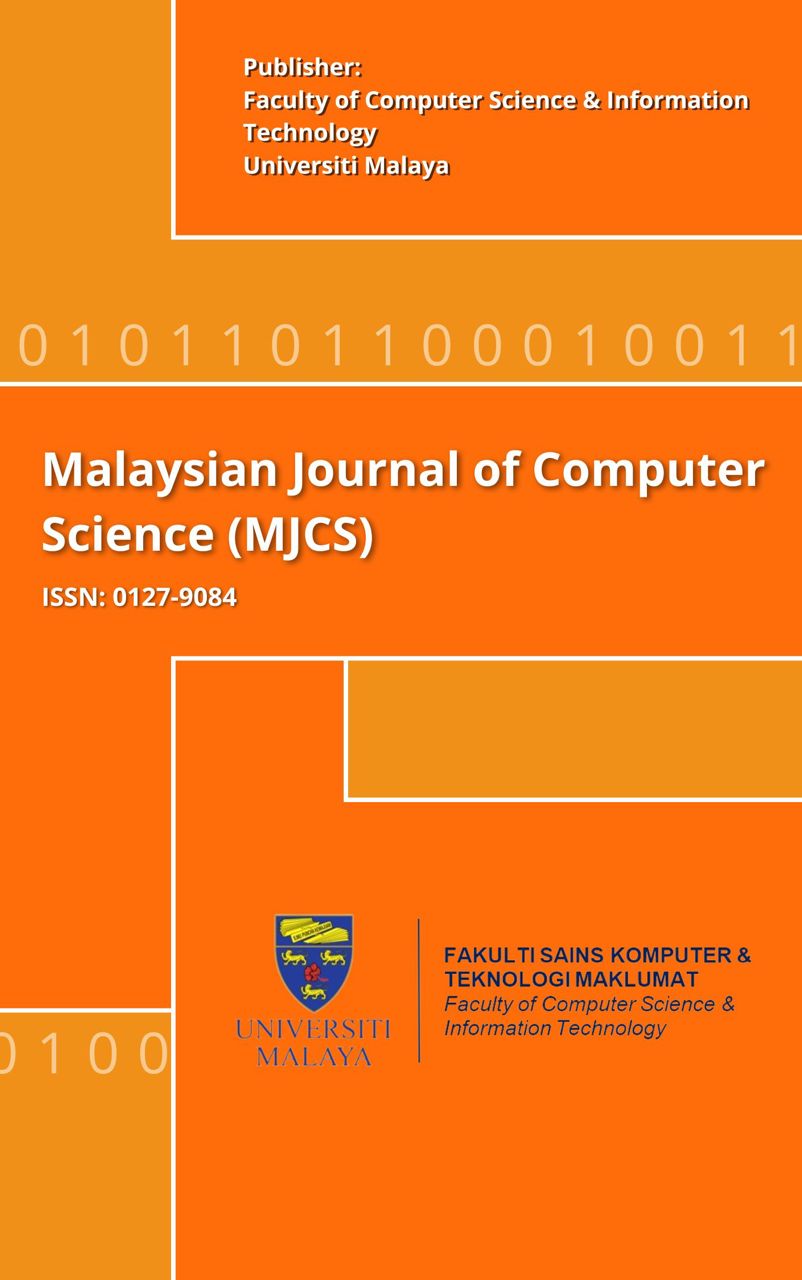CYBERBULLYING DETECTION IN ONLINE SOCIAL MEDIA USING PRE-TRAINED LANGUAGE MODELS
Main Article Content
Abstract
The rapid integration of Information and Communication Technologies (ICT) has revolutionized online communication, yet it has also led to the emergence of cyberbullying, a harmful digital behaviour. This study addresses the urgency of combating cyberbullying and its negative impacts by using advanced pre-trained language models (PLMs) through transfer learning in detecting cyberbullying in social media. The goal is to enhance cyberbullying detection's effectiveness to create safer online spaces. Cyberbullying detection model using transfer learning, using DistilBERT, DistilELECTRA, and MiniLM PLMs were explored. The PLMs' evaluation using the AMiCA dataset, MiniLM achieves the highest performance in detecting cyberbullying, with an accuracy of 97.84% in cross-validation and 98.57% in hold-out testing, while DistilBERT and DistilELECTRA also perform well, achieving accuracies of 97.34% and 98.03%, and 97.58% and 92.97%, respectively. MiniLM consistently maintains competitive F-measures, addressing class imbalance. Overall, MiniLM stands out with high accuracy and micro F1-scores, outperforming other models. Comparative analysis reaffirms MiniLM's excellence in binary classes and overall evaluation showcasing the effectiveness of transfer learning compared to previous studies. In conclusion, this study demonstrates the capabilities of PLMs for cyberbullying detection and suggests future research directions.
